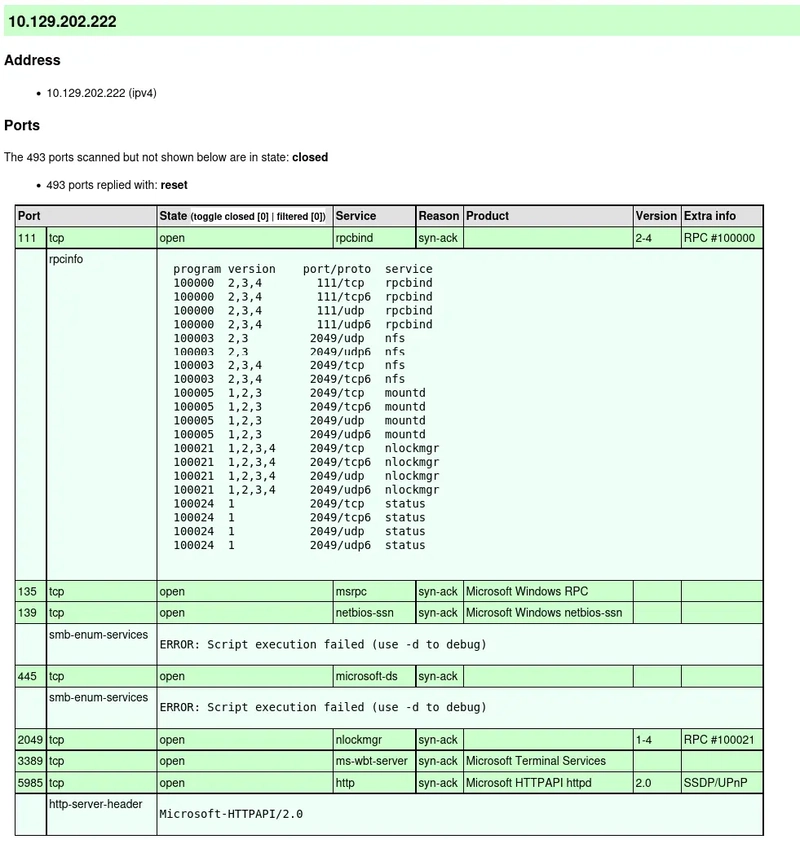Nextjs heroku
nextjs heroku Next.js is an open-source framework built on top of React.js, designed to facilitate the development of server-side rendered (SSR) and static web applications. It empowers developers to create highly performant web applications with ease. By leveraging features like automatic code-splitting, image optimization, and static site generation, Next.js enhances the development experience while ensuring superior performance and SEO capabilities for web applications. To understand where Next.js fits into the world of web development, it's essential to grasp the distinction between frameworks and libraries. A library is a collection of pre-written code that can be called upon to perform specific tasks; developers have the flexibility to use only the parts they need. Examples include libraries like jQuery and Lodash. In contrast, a framework dictates the structure of your application, providing a skeleton that one builds upon. Next.js is a framework because it provides an opinionated way of building web applications, defining how to organize code, manage routing, and handle data fetching. With the recent introduction of Next.js 13 and 15, developers have gained access to advanced features, including an innovative app directory that encourages better organization of components and routes. Key files like page.tsx, layout.tsx, and route.ts have become essential components for structuring applications effectively. The page.tsx file defines the components to be rendered for specific routes, while layout.tsx allows for shared layouts across different pages. The route.ts file, on the other hand, handles custom routing logic that can enhance the routing experience. Deploying a Next.js application can be achieved seamlessly through platforms like Heroku. Heroku is a cloud platform that enables developers to deploy, manage, and scale applications effortlessly. Its support for various programming languages, including JavaScript and TypeScript, makes it an ideal choice for hosting Next.js applications. With just a few steps, developers can push their code to a Heroku dyno, allowing for easy scalability and management of their application. If you're serious about learning Next.js or harnessing AI tools to improve your coding skills, I highly recommend subscribing to my blog. You can also use resources like gpteach to learn how to code effectively. In this article, we will explore how to deploy a Next.js application to Heroku, step by step. You'll learn how to set up your environment, configure your application, and monitor its performance once it's live. Furthermore, we'll highlight best practices to ensure your deployment is smooth and efficient, providing you with the knowledge to tackle any issues that may arise during the process. Setting Up Your Next.js App Before deploying your application to Heroku, ensure you have a functioning Next.js application locally. If you haven't created one yet, you can do so by running: npx create-next-app@latest my-next-app cd my-next-app This command will scaffold a new Next.js app in the my-next-app directory. Make sure everything is working correctly by running: npm run dev Preparing for Heroku Deployment To deploy your Next.js app on Heroku, follow these steps: Install the Heroku CLI: If you haven't installed it yet, follow the instructions on the Heroku Dev Center. Log in to Heroku: heroku login Create a new Heroku app: heroku create my-next-heroku-app Configure your app for production: Ensure you have a start script in your package.json to serve your app: "scripts": { "dev": "next dev", "build": "next build", "start": "next start" } Add a Procfile to specify how to run your app: Create a file named Procfile in your project's root directory with the following content: web: npm run start Ensure all dependencies are correct: Run the following command to install any dependencies before deployment: npm install Push your app to Heroku: git init heroku git:remote -a my-next-heroku-app git add . git commit -m "Initial commit" git push heroku master Monitoring Your Application Heroku provides a simple way to check the logs of your application to troubleshoot any issues. You can view your application's logs by running: heroku logs --tail Conclusion Deploying a Next.js application to Heroku is straightforward and efficient, allowing developers to utilize the scalability and ease of management that Heroku offers. By following the above steps, you should be able to get your Next.js application live in no time. Remember to leverage features in your Next.js app effectively and stay updated on best practices for performance and SEO. For further learning and assistance with Next.js, don’t forget to follow my blog and check out gpteach for AI-driven coding tools that can help elevate yo

nextjs heroku
Next.js is an open-source framework built on top of React.js, designed to facilitate the development of server-side rendered (SSR) and static web applications. It empowers developers to create highly performant web applications with ease. By leveraging features like automatic code-splitting, image optimization, and static site generation, Next.js enhances the development experience while ensuring superior performance and SEO capabilities for web applications.
To understand where Next.js fits into the world of web development, it's essential to grasp the distinction between frameworks and libraries. A library is a collection of pre-written code that can be called upon to perform specific tasks; developers have the flexibility to use only the parts they need. Examples include libraries like jQuery and Lodash. In contrast, a framework dictates the structure of your application, providing a skeleton that one builds upon. Next.js is a framework because it provides an opinionated way of building web applications, defining how to organize code, manage routing, and handle data fetching.
With the recent introduction of Next.js 13 and 15, developers have gained access to advanced features, including an innovative app directory that encourages better organization of components and routes. Key files like page.tsx, layout.tsx, and route.ts have become essential components for structuring applications effectively. The page.tsx file defines the components to be rendered for specific routes, while layout.tsx allows for shared layouts across different pages. The route.ts file, on the other hand, handles custom routing logic that can enhance the routing experience.
Deploying a Next.js application can be achieved seamlessly through platforms like Heroku. Heroku is a cloud platform that enables developers to deploy, manage, and scale applications effortlessly. Its support for various programming languages, including JavaScript and TypeScript, makes it an ideal choice for hosting Next.js applications. With just a few steps, developers can push their code to a Heroku dyno, allowing for easy scalability and management of their application.
If you're serious about learning Next.js or harnessing AI tools to improve your coding skills, I highly recommend subscribing to my blog. You can also use resources like gpteach to learn how to code effectively.
In this article, we will explore how to deploy a Next.js application to Heroku, step by step. You'll learn how to set up your environment, configure your application, and monitor its performance once it's live. Furthermore, we'll highlight best practices to ensure your deployment is smooth and efficient, providing you with the knowledge to tackle any issues that may arise during the process.
Setting Up Your Next.js App
Before deploying your application to Heroku, ensure you have a functioning Next.js application locally. If you haven't created one yet, you can do so by running:
npx create-next-app@latest my-next-app
cd my-next-app
This command will scaffold a new Next.js app in the my-next-app directory. Make sure everything is working correctly by running:
npm run dev
Preparing for Heroku Deployment
To deploy your Next.js app on Heroku, follow these steps:
Install the Heroku CLI: If you haven't installed it yet, follow the instructions on the Heroku Dev Center.
Log in to Heroku:
heroku login
- Create a new Heroku app:
heroku create my-next-heroku-app
-
Configure your app for production:
Ensure you have a
startscript in yourpackage.jsonto serve your app:
"scripts": {
"dev": "next dev",
"build": "next build",
"start": "next start"
}
-
Add a
Procfileto specify how to run your app: Create a file namedProcfilein your project's root directory with the following content:
web: npm run start
- Ensure all dependencies are correct: Run the following command to install any dependencies before deployment:
npm install
- Push your app to Heroku:
git init
heroku git:remote -a my-next-heroku-app
git add .
git commit -m "Initial commit"
git push heroku master
Monitoring Your Application
Heroku provides a simple way to check the logs of your application to troubleshoot any issues. You can view your application's logs by running:
heroku logs --tail
Conclusion
Deploying a Next.js application to Heroku is straightforward and efficient, allowing developers to utilize the scalability and ease of management that Heroku offers. By following the above steps, you should be able to get your Next.js application live in no time. Remember to leverage features in your Next.js app effectively and stay updated on best practices for performance and SEO.
For further learning and assistance with Next.js, don’t forget to follow my blog and check out gpteach for AI-driven coding tools that can help elevate your understanding and coding skills!









































































